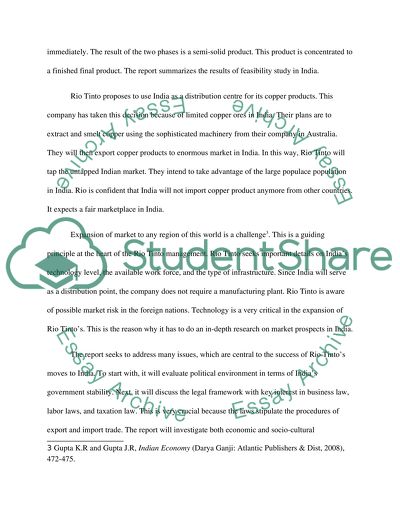Cite this document
(“The Success of Rio Tintos Moves to India Essay Example | Topics and Well Written Essays - 2000 words”, n.d.)
The Success of Rio Tintos Moves to India Essay Example | Topics and Well Written Essays - 2000 words. Retrieved from https://studentshare.org/history/1445175-rio-tinto
The Success of Rio Tintos Moves to India Essay Example | Topics and Well Written Essays - 2000 words. Retrieved from https://studentshare.org/history/1445175-rio-tinto
(The Success of Rio Tintos Moves to India Essay Example | Topics and Well Written Essays - 2000 Words)
The Success of Rio Tintos Moves to India Essay Example | Topics and Well Written Essays - 2000 Words. https://studentshare.org/history/1445175-rio-tinto.
The Success of Rio Tintos Moves to India Essay Example | Topics and Well Written Essays - 2000 Words. https://studentshare.org/history/1445175-rio-tinto.
“The Success of Rio Tintos Moves to India Essay Example | Topics and Well Written Essays - 2000 Words”, n.d. https://studentshare.org/history/1445175-rio-tinto.


